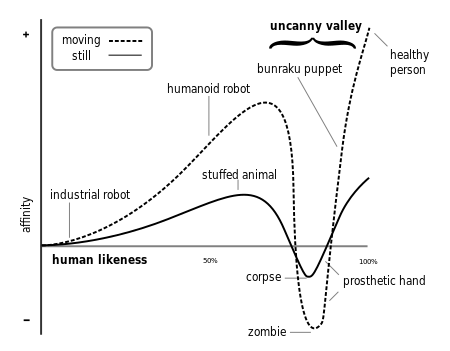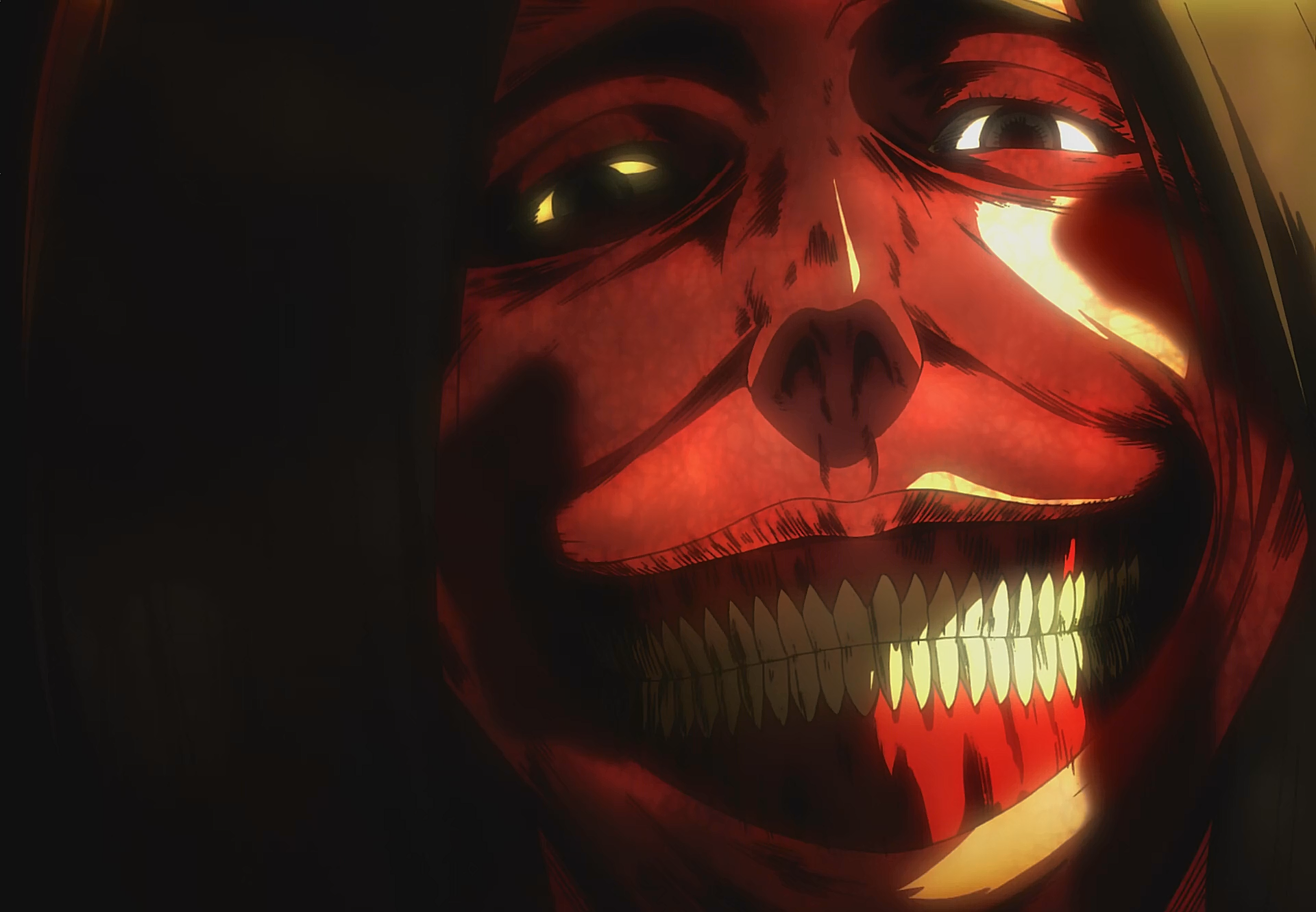Art style
Within the manga, Sebastian's character design has been developed throughout the series. When you look at how Sebastian was drawn in the first volumes compared to the latest, there is clearly a difference and improvement.
Volume 1 Volume 15

This type of remediation also happened in the Black Butler anime itself, it went through remediation when the art style of the characters from seasons one and two were re-vamped for the new Book of Circus and Book of Murder arcs, in order to try and be more loyal to the original art by Yana Toboso. Naturally when a manga is remediated into an anime, there can be some differences as the characters are re-drawn by animators. This can sometimes be drastic or noticeable (Season 1 and 2), but most of the time animators try to remain loyal as much as they can to the original character designs (new adaptions).

Ciel Phantomhive in Seasons 1 and 2
Ciel Phantomhive in Book of Circus and Book of Murder
Bolter and Grusin (1999) note that animation remediation 'is both disrupting and extending the tradition' of animation (149).
StorylineBolter and Grusin (1999) note that animation remediation 'is both disrupting and extending the tradition' of animation (149).
With the manga still on-going and remediations being made of other arcs, Book of Circus, Book of Murder, the upcoming ship arc film, etc. It is clear that A1-Pictures want to milk more money out of the popular series and have realized their error of trying to conclude the previous 2 seasons too early.
Conclusion
Anime and manga both have their pros and cons. While anime can be expensive to make and produce, I personally feel it is a more effective and emotive medium where a manga author's creations and imaginations can come to life. I don't think any of us can deny that it is satisfying to see your favorite manga characters animated and in colour rather than on just a black and white page. However, manga is by no means inferior. It is a lot more cost effective, hence why there is more manga than anime, and it normally continues a story further, providing a more fulfilling experience. It also typically covers things not present in the anime due to the limited episode run time and episode count agreed with the production company. As I've mentioned for Black Butler, sometimes things can also be changed from a manga, art or story wise, that might also put us off its anime adaption.
However, remediation from manga to anime is still an effective way of adding more depth and colour (literally) to a manga.
References:
Bolter, J.D. and Grusin, R. (1999) Remediation: Understanding New Media. United States of America: MIT Press







